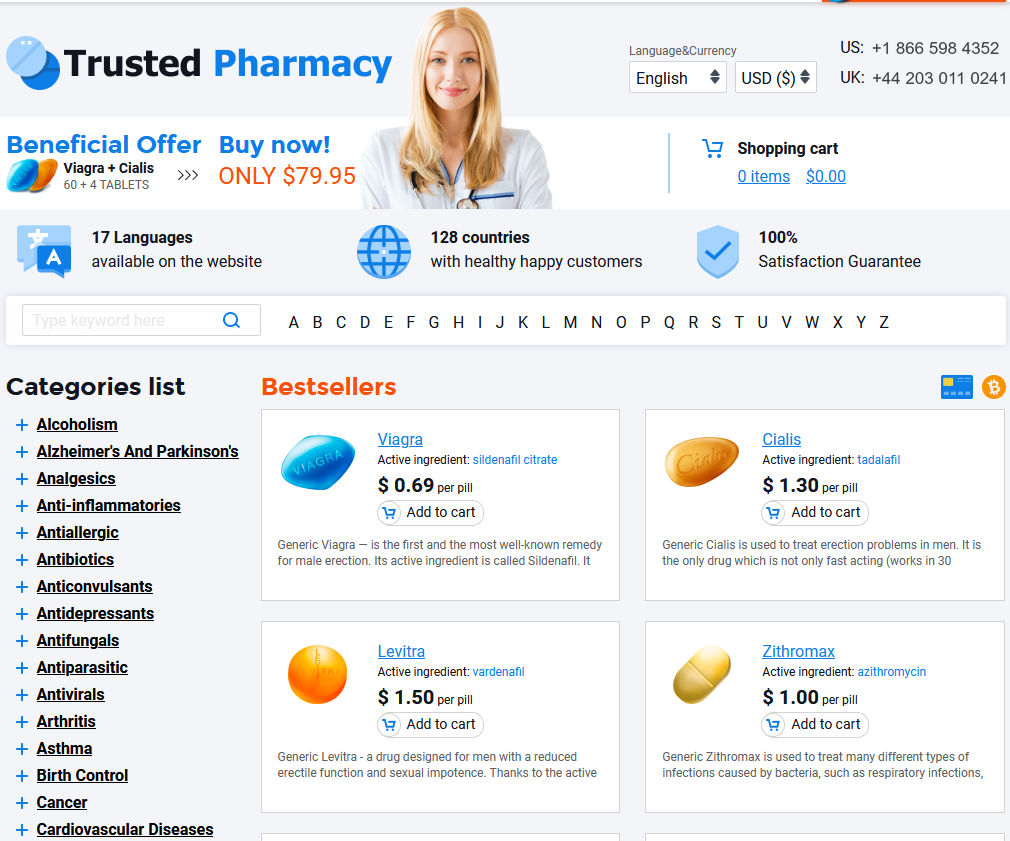To Visit Online Pharmacy Click HERE ↓
Robaxin Vs. Other Muscle Relaxants: a Comparison
Overview of Robaxin: Mechanism and Uses
Robaxin, generically known as methocarbamol, functions by central mechanisms to alleviate muscle spasms. Unlike many muscle relaxants which directly influence muscle fibers, Robaxin targets the central nervous system, thereby reducing hyperactivity along neural pathways. This difference may explain its efficacy in treating acute musculoskeletal conditions such as sports injuries, lower back pain, and muscle sprains. Approved by the FDA, Robaxin has been a dependable option for practitioners since its introduction.
| Condition | Robaxin Use |
|---|---|
| Muscle Spasms | Effective |
| Back Pain | Effective |
| Injury Recovery | Beneficial |
Aside from its medicinal properties, Robaxin's flexible dosing schedule and relatively lower risk of dependency elevate its preference among healthcare providers. These attributes make it a widely trusted choice in clinical settings.
Comparing Efficacy: Robaxin Vs. Other Muscle Relaxants

Robaxin, known for its methocarbamol composition, offers effective relief for muscle spasms. In clinical trials, Robaxin demonstrates similar efficacy to other muscle relaxants like Flexeril (cyclobenzaprine) and Soma (carisoprodol), with noticeable reductions in muscle tension. While Flexeril targets nervous system pathways, Robaxin primarily acts on the central nervous system, providing a different approach to muscle relaxation. Despite varying mechanisms, Robaxin and its counterparts exhibit comparable success rates in alleviating discomfort. This makes Robaxin a competitive option for those requiring muscle relaxant therapy. Overall, individual response and physician preference often influence the choice between Robaxin and other treatments.
Side Effects: How Robaxin Stacks Against Others
When comparing the side effects of Robaxin to other muscle relaxants, several key differences emerge. Robaxin, or methocarbamol, is generally well-tolerated but can cause drowsiness, dizziness, and, less commonly, gastrointestinal issues like nausea. Compared to other muscle relaxants such as cyclobenzaprine and baclofen, Robaxin tends to have a lower incidence of severe fatigue and sedation, making it a preferable option for patients needing to maintain daytime alertness.
However, some muscle relaxants like tizanidine may offer additional benefits for spasticity but carry risks of more pronounced side effects, including hypotension and dry mouth. Robaxin's side effect profile is often considered more favorable for those wary of excessive daytime sedation or cardiovascular issues. Yet, individual responses vary, and healthcare providers weigh these factors when prescribing the most suitable muscle relaxant.
Onset and Duration: Robaxin Compared to Alternatives

When it comes to the onset of action, Robaxin generally starts working within 30 minutes to an hour after oral administration. In contrast, other muscle relaxants like cyclobenzaprine may take a bit longer, often requiring an hour or more to exhibit noticeable effects. As for the duration, Robaxin’s effects tend to last between 4 to 6 hours, making it suitable for multiple doses throughout the day. Meanwhile, other alternatives such as tizanidine may offer a shorter duration, necessitating more frequent dosing to maintain efficacy.
Prescription Rates: Robaxin Vs. Popular Muscle Relaxants
Robaxin, known generically as methocarbamol, is prescribed less frequently compared to muscle relaxants like cyclobenzaprine and tizanidine. This stems partly from its specific indications and the familiarity of healthcare providers with alternative treatments. However, Robaxin's ability to offer relief without profound sedation makes it a favorable option for many.
| Muscle Relaxant | Prescription Rate |
|---|---|
| Cyclobenzaprine | High |
| Tizanidine | Moderate |
| Robaxin | Lower |
Despite its lower prescription rates, Robaxin maintains a niche role, especially where patients are prone to sedation side effects commonly associated with other muscle relaxants. This makes it a valuable component of the therapeutic arsenal for muscle spasms.
Cost Analysis: Robaxin and Competing Muscle Relaxants
When it comes to cost, Robaxin often presents itself as a more affordable option compared to many other muscle relaxants on the market. Generic versions of Robaxin can significantly reduce expenses for patients while maintaining therapeutic efficacy. However, other muscle relaxants like Cyclobenzaprine or Baclofen may have variable pricing based on brand names and formulations. Insurance coverage also plays a pivotal role, as it can vary widely between medications, making the overall cost picture complex. Ultimately, patient preferences and specific medical needs may influence the final choice, aside from the price alone.

